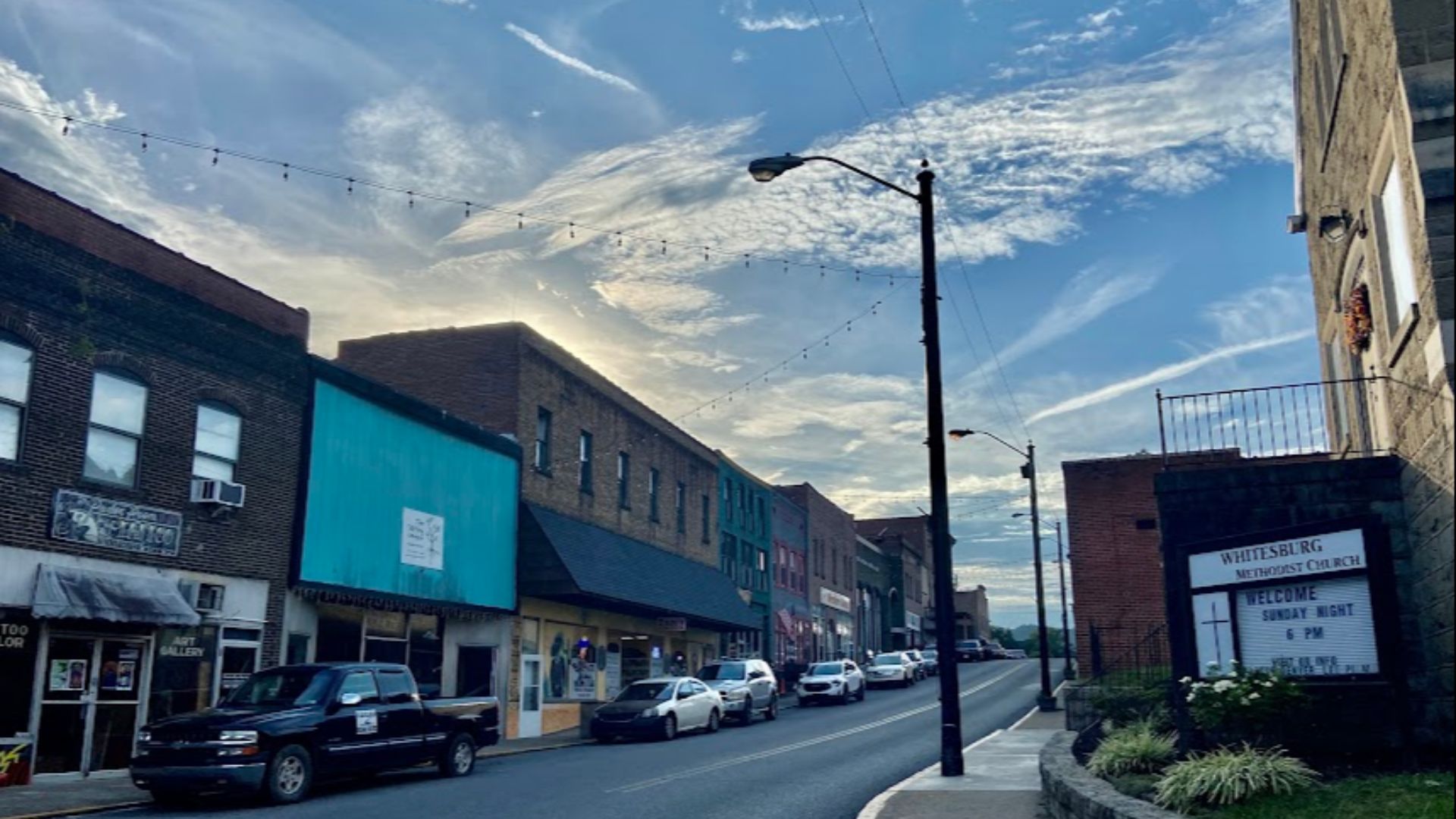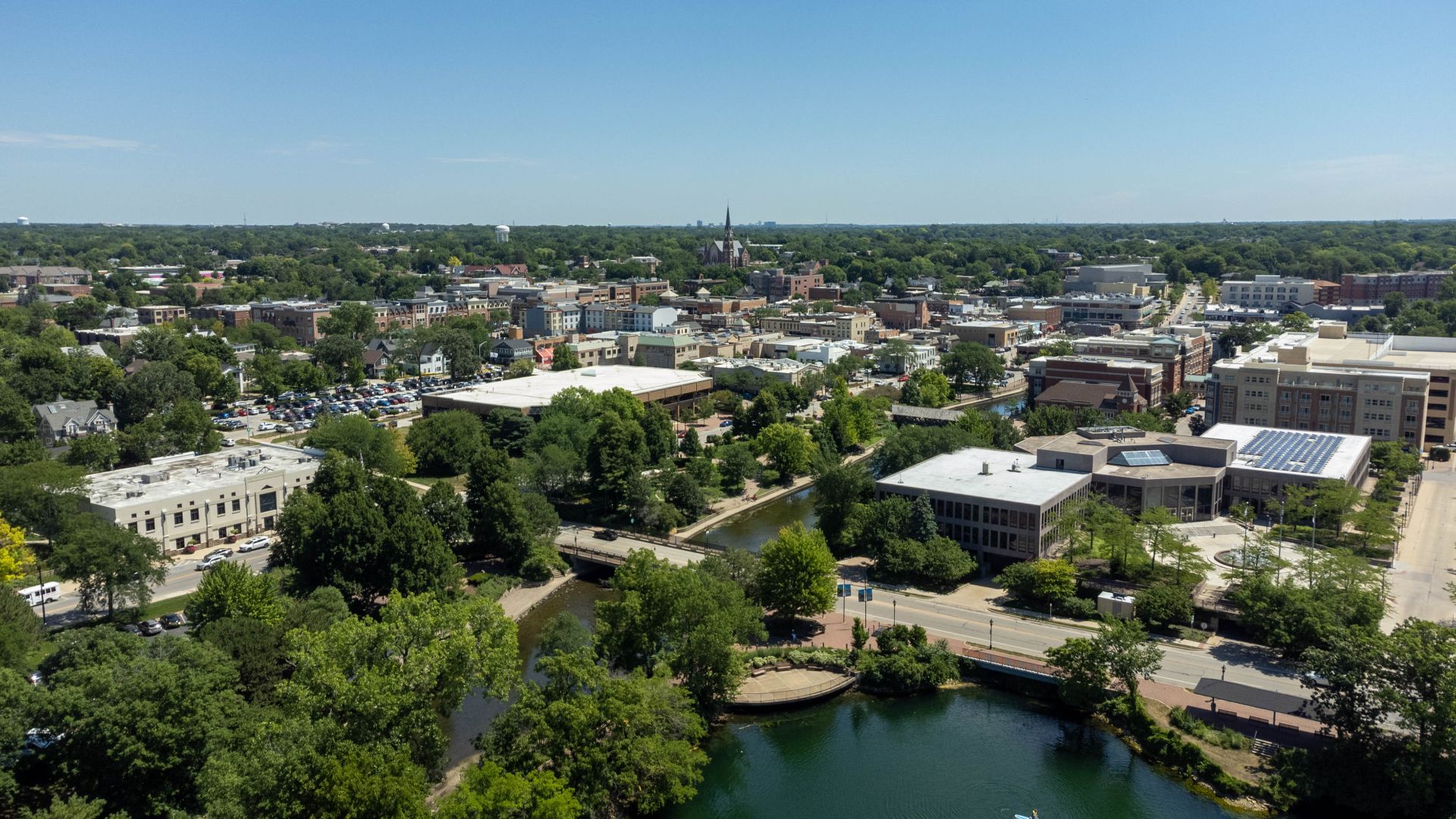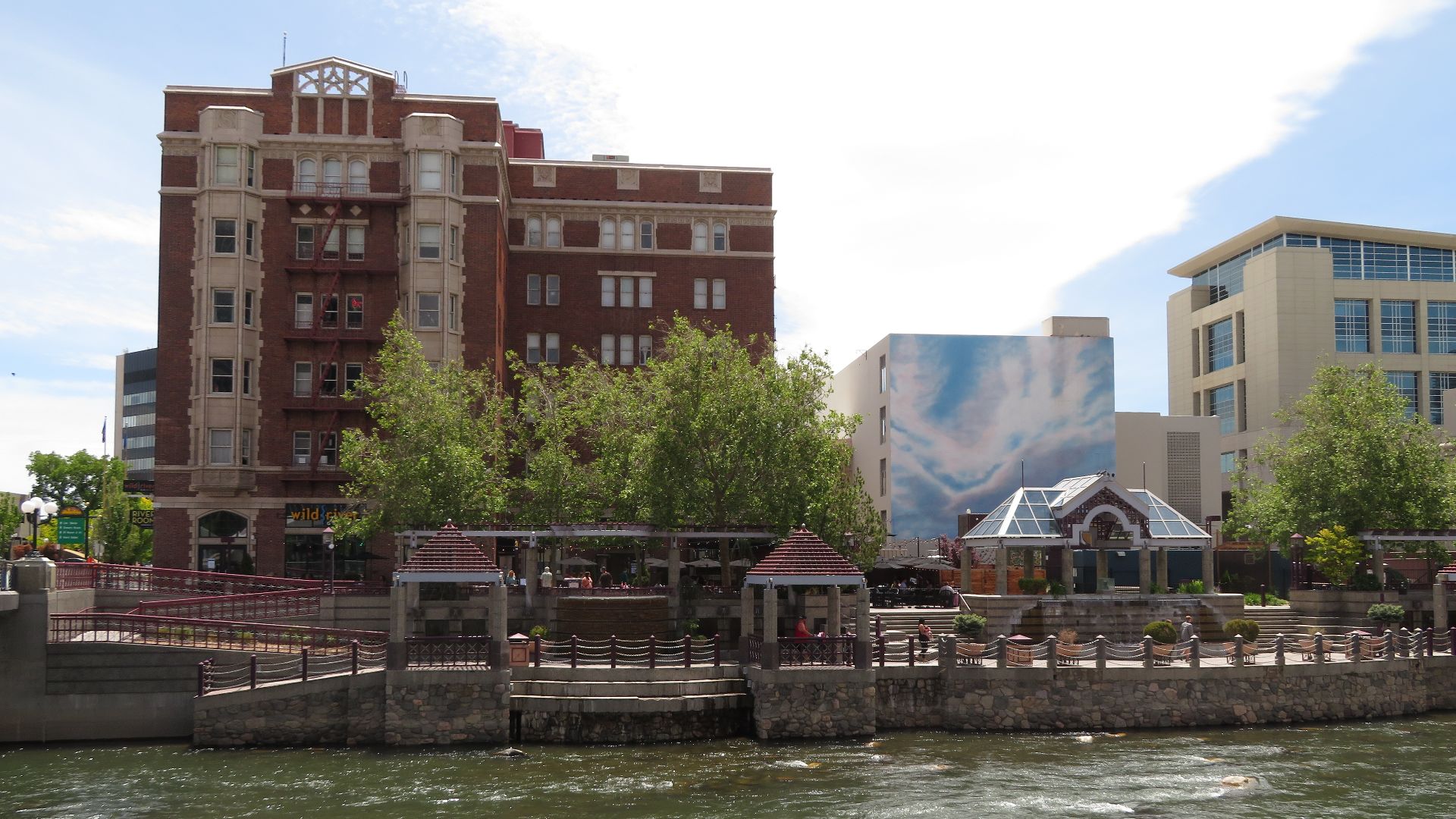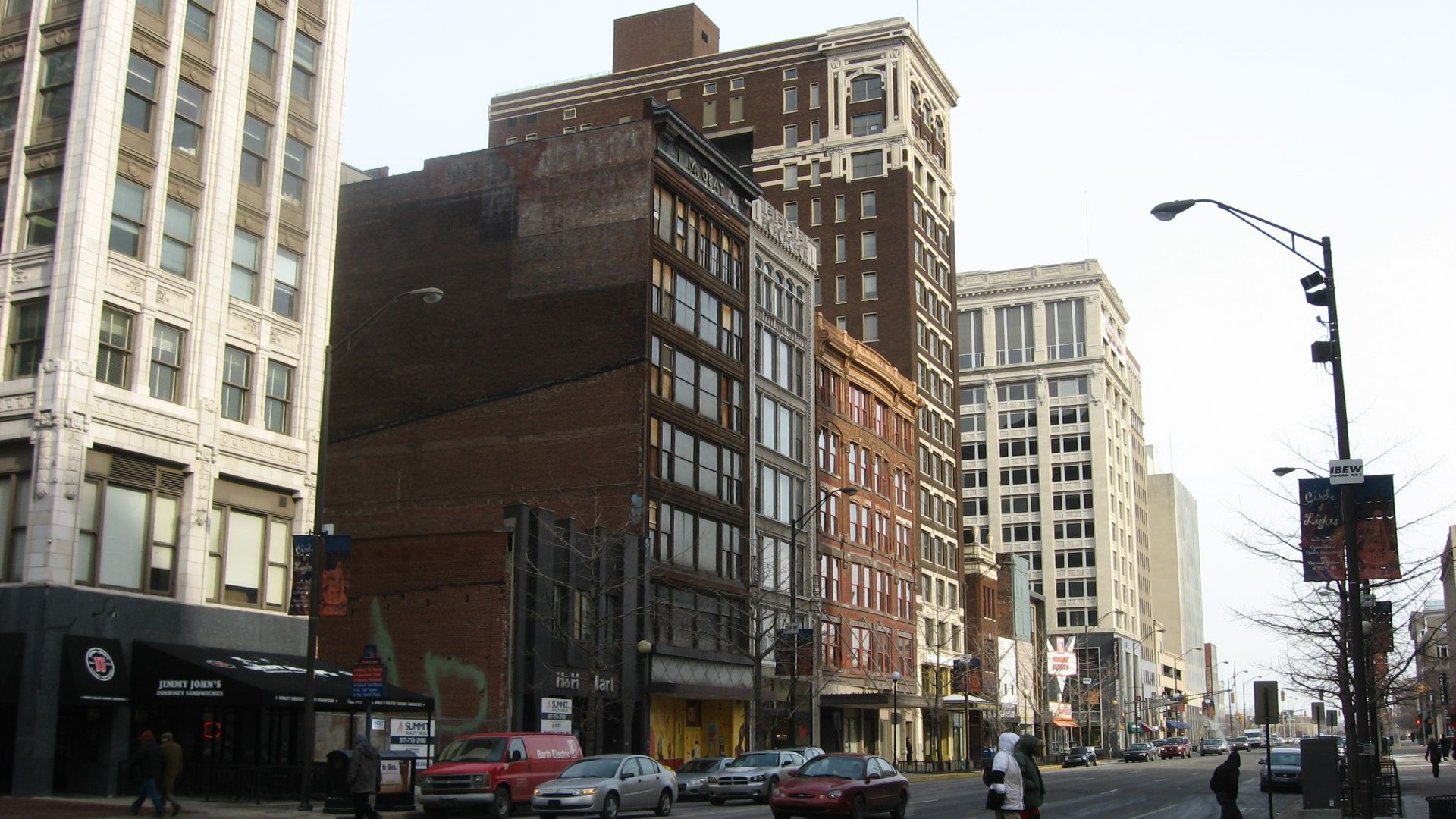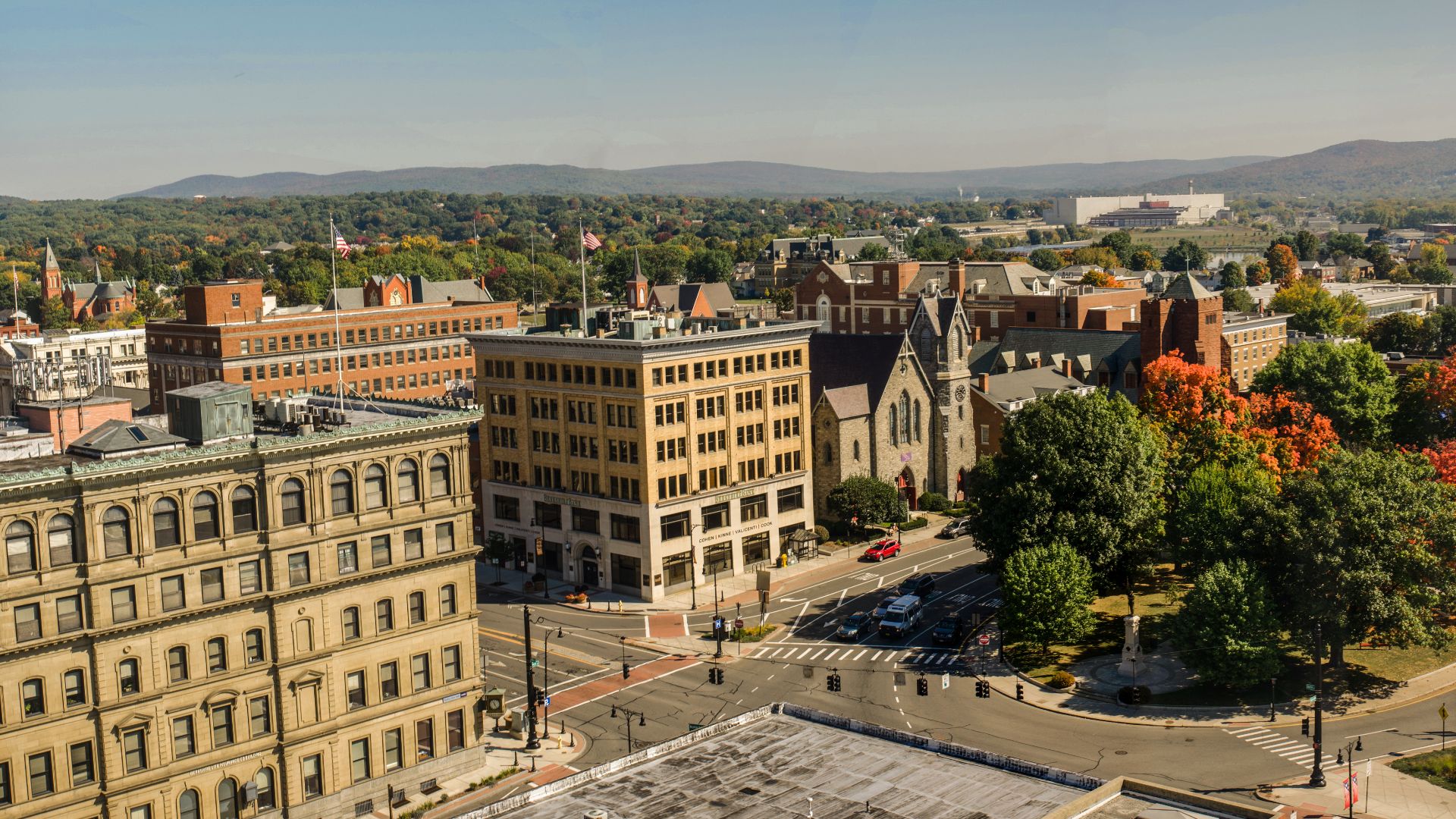Smart Moves, Better Years
Thinking about retirement? Location matters more than you think. Yet millions of retirees discover their chosen region works against their financial security and well-being. It's true; some places simply bring more headaches than happiness.

Kentucky
Despite the beauty of bourbon trails and horse racing, Kentucky presents significant challenges for retirees seeking quality healthcare in their golden years. US News & World Report states that the state ranks 44th in healthcare quality. Sadly, it has limited access to specialists in rural areas.
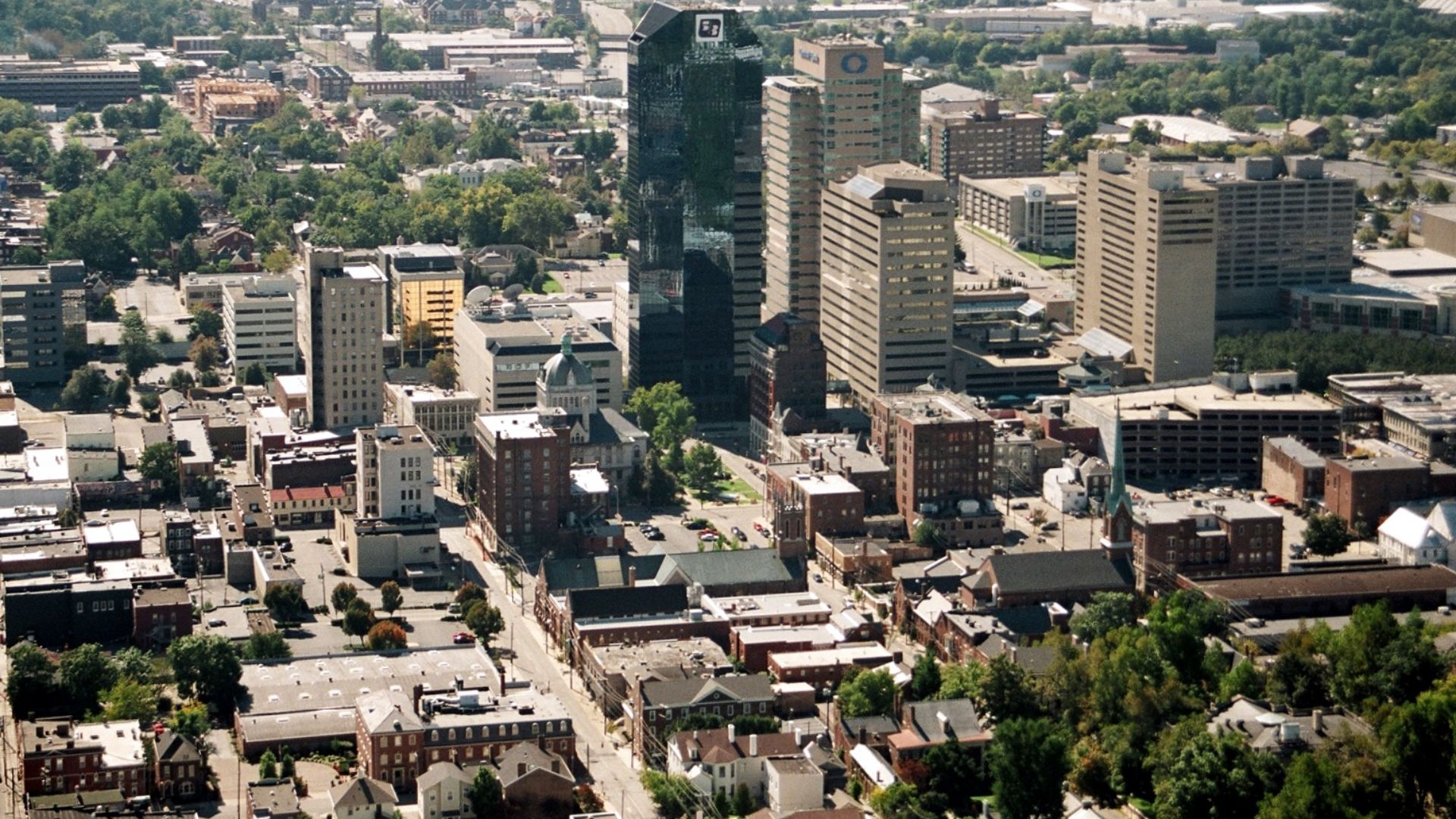 Madgeek1450 at English Wikipedia, Wikimedia Commons
Madgeek1450 at English Wikipedia, Wikimedia Commons
Kentucky (Cont.)
Also, the state has higher-than-average rates of chronic conditions among seniors. According to the Kaiser Family Foundation, Kentucky's 16.3% poverty rate among seniors raises serious concerns about retirement prospects. Affordable and stable housing is also a growing challenge here.
New Jersey
The tax burden in New Jersey creates immediate headaches for retirees living on fixed incomes. The Tax Foundation states that New Jersey has one of the highest property tax rates in the country. It averages over $9,000 annually for homeowners.
 Fritzmann2002, Wikimedia Commons
Fritzmann2002, Wikimedia Commons
New Jersey (Cont.)
Unlike many retirement-friendly states, New Jersey taxes most retirement income. This includes pensions and 401(k) withdrawals, with effective tax rates reaching 10.75% for higher incomes. Jersey's high costs are particularly frustrating because retirees don't necessarily get premium benefits in return.
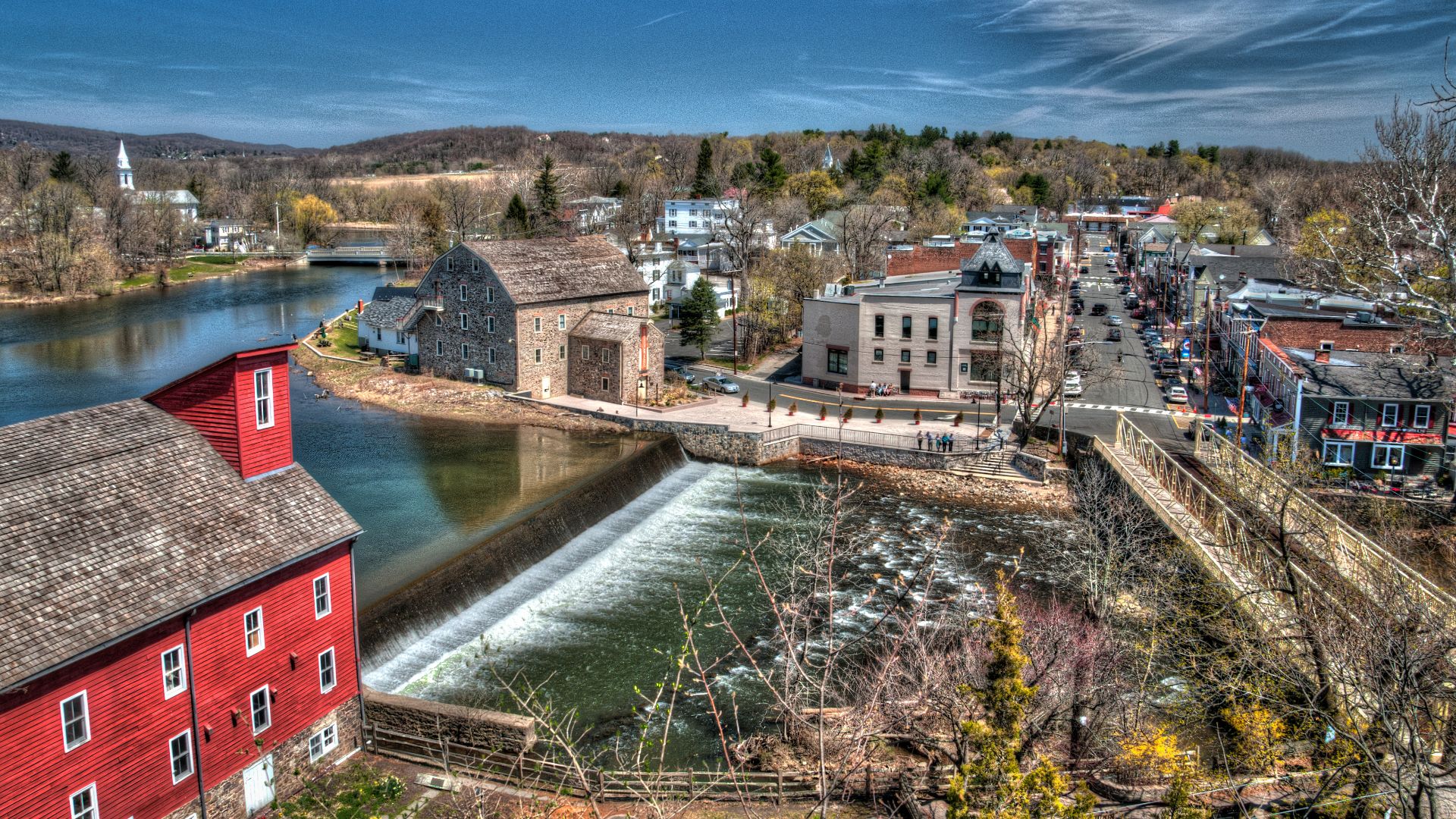 John Bohnel, Wikimedia Commons
John Bohnel, Wikimedia Commons
Mississippi
Healthcare access over here presents a barrier to a comfortable retirement. The Association of American Medical Colleges declares that Mississippi ranks last in physician-to-patient ratios nationally, with only 191.3 active physicians per 100,000 residents. This translates to longer travel times for routine care.
 National Park Service, Wikimedia Commons
National Park Service, Wikimedia Commons
Mississippi (Cont.)
Mississippi's affordability masks deeper quality-of-life concerns. Housing costs display a median home value of around $233,333 as of January 2025, with many communities struggling with infrastructure challenges. These include poor road conditions and limited public transportation options.
 Michael Barera, Wikimedia Commons
Michael Barera, Wikimedia Commons
Oklahoma
Natural disaster risks loom large for Oklahoma's retirees. Based on the National Weather Service, the state sits squarely in Tornado Alley, averaging 57 tornadoes annually. This creates ongoing stress and the potential for catastrophic financial setbacks for seniors on fixed incomes.
Oklahoma (Cont.)
Besides, the FBI's Uniform Crime Report places it among those places that have a higher-than-average crime rate in some categories. The region's healthcare system grapples with accessibility issues as Oklahoma is ranked 47th nationally for healthcare access.
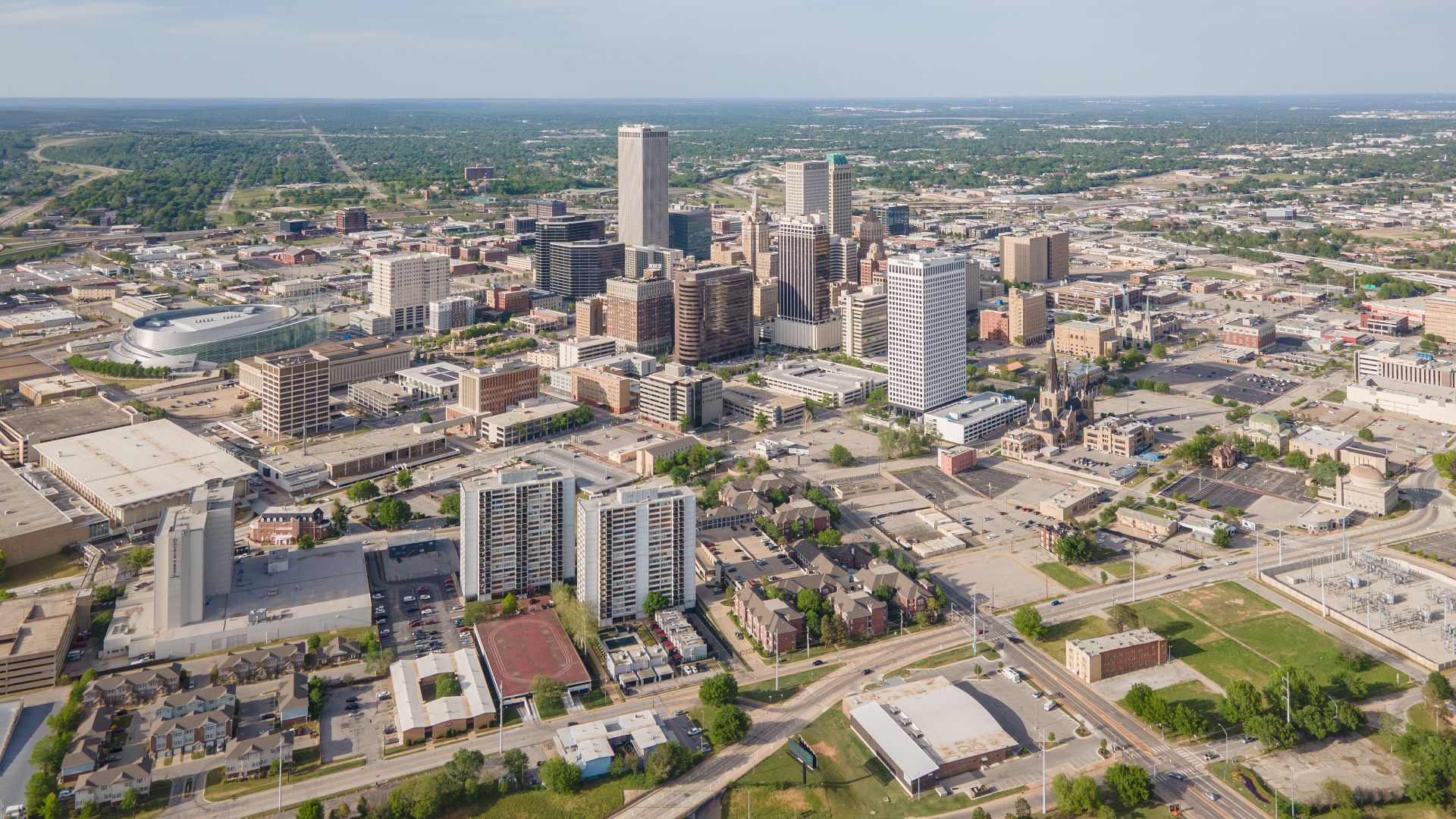 Nils Huenerfuerst, Wikimedia Commons
Nils Huenerfuerst, Wikimedia Commons
New York
The financial reality of retiring in New York often comes as a shock even to lifelong residents. Manhattan's average one-bedroom apartment rents exceed $4,000 monthly. Plus, the New York State Comptroller's Office states property taxes upstate can consume substantial portions of fixed retirement incomes.
 Hans Lienhart, Wikimedia Commons
Hans Lienhart, Wikimedia Commons
New York (Cont.)
Weather considerations tend to impact the quality of life, with the National Weather Service recording harsh winters causing isolation and mobility challenges for seniors. It has a progressive income tax system with rates ranging from 4% to 10.9%, which can be burdensome for retirees.
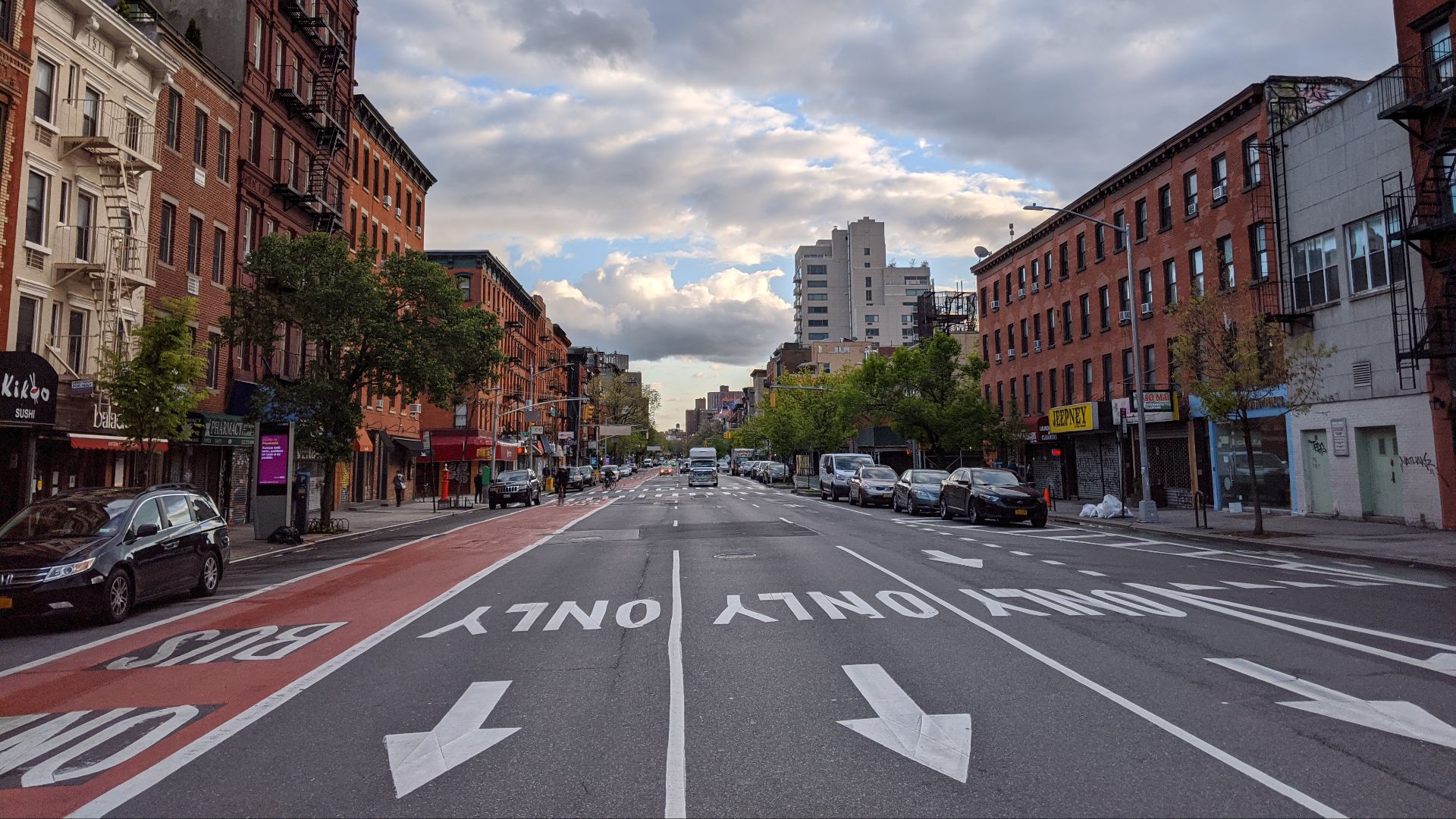 Eden, Janine and Jim from New York City, Wikimedia Commons
Eden, Janine and Jim from New York City, Wikimedia Commons
Louisiana
Healthcare quality concerns cast a long shadow over retirement in this place. The state has poor scores in prevention and treatment. For elders managing chronic conditions, this results in worse outcomes and higher costs. Apparently, Louisiana Medicare beneficiaries average more hospital readmissions than the national rate.
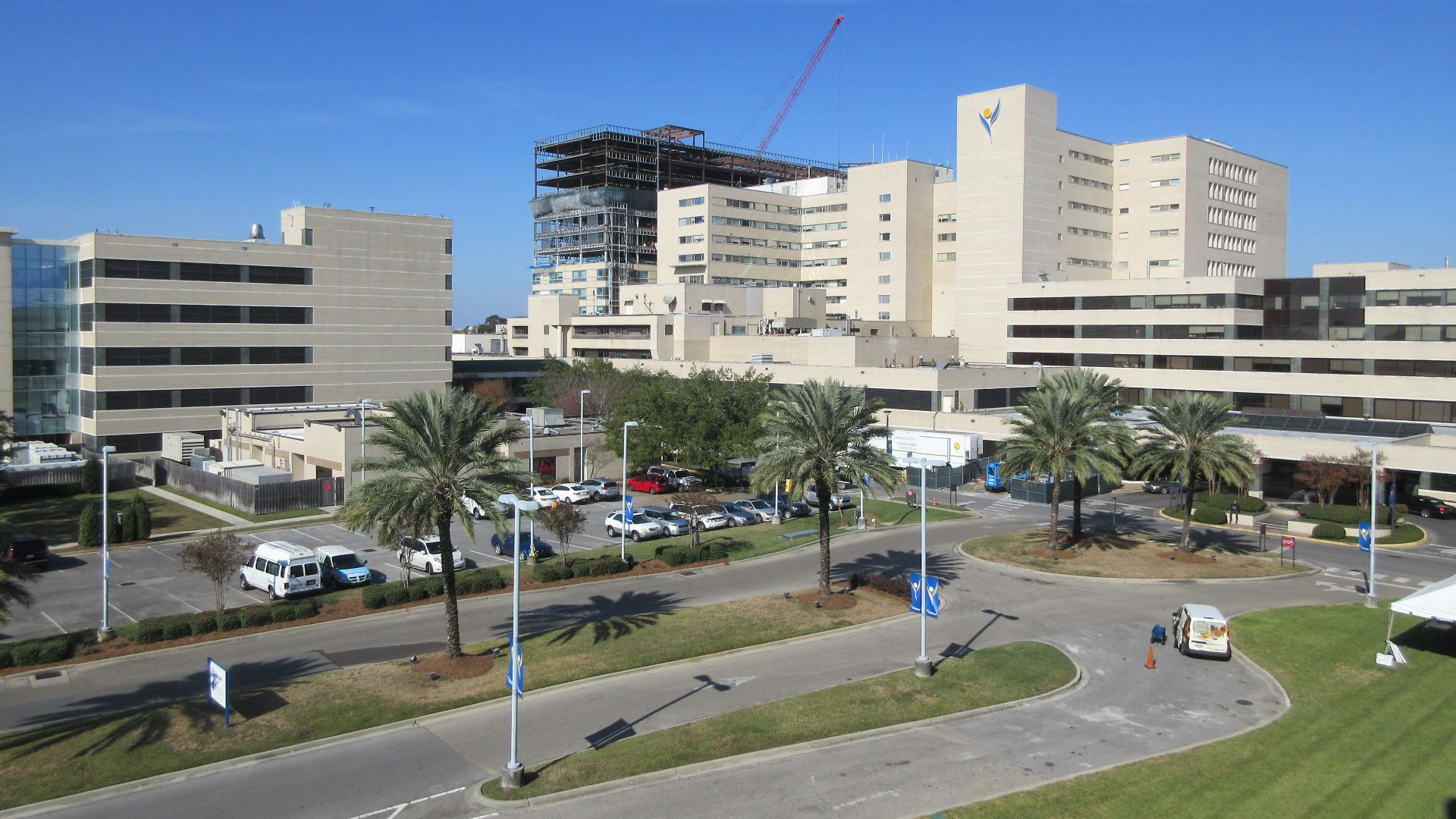 Infrogmation of New Orleans, Wikimedia Commons
Infrogmation of New Orleans, Wikimedia Commons
Louisiana (Cont.)
Well, the combination of climate vulnerability and high crime rates does not work well for every senior citizen. Also, from January 1, 2025, Louisiana implemented a personal flat income tax rate of 3%, replacing the older tiered system as signed into law by Governor Landry.
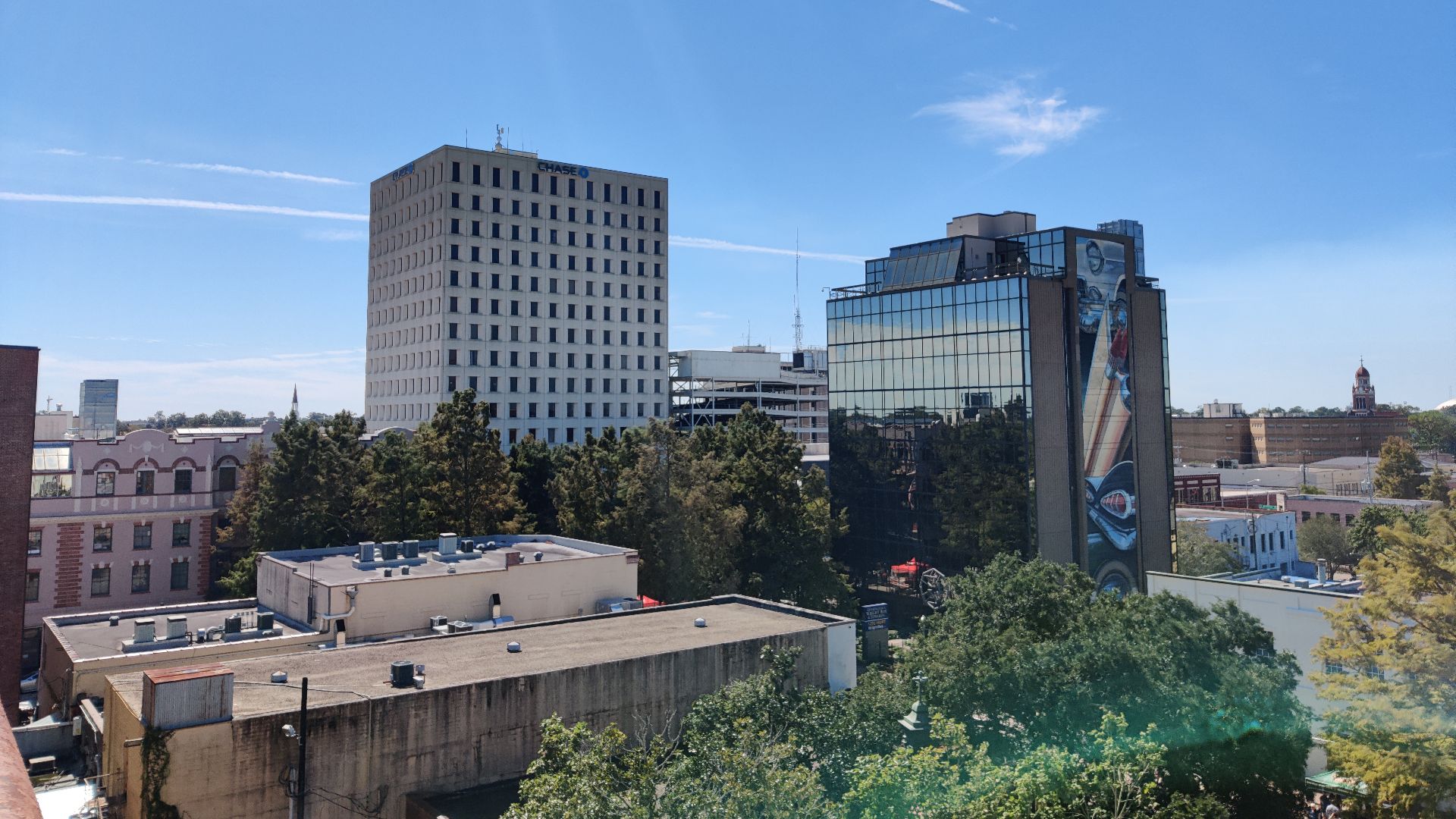 TheLionHasSeen, Wikimedia Commons
TheLionHasSeen, Wikimedia Commons
Illinois
As of fiscal year 2023, the state's total unfunded pension liabilities were estimated at $211 billion, with a funding ratio of just 50.8%. This has led to high property tax burdens, such that Illinois now has the second-highest effective property tax rate nationally at 2.27%.
Illinois (Cont.)
It has been stated that numerous seniors who need home care services are currently not receiving them due to staffing shortages and financial constraints. The current average wage for home care workers is insufficient to attract and retain staff, exacerbating the care crisis.
 Pedro Szekely from Los Angeles, USA, Wikimedia Commons
Pedro Szekely from Los Angeles, USA, Wikimedia Commons
Washington
Washington's cost of living index is 114.2, which is far higher than the national average. A large portion of this burden is caused by housing costs, where typical home prices in the state are around $643,000. Seattle has higher median prices (approximately $848,345).
 King of Hearts, Wikimedia Commons
King of Hearts, Wikimedia Commons
Washington (Cont.)
For those looking to downsize, such prices often necessitate moving far from established support networks. Nursing home care is even higher as some semi-private rooms cost around $12,167, and private rooms cost about $13,688 per month.
 Chief Photographer's Mate Johnny Bivera, Wikimedia Commons
Chief Photographer's Mate Johnny Bivera, Wikimedia Commons
Maryland
This area’s dense population presents unique difficulties for adults looking to enjoy their golden years in peace and quiet. The US Census Bureau reports Maryland's population density at 619 people per square mile, the fifth-highest nationally. This density contributes to significant traffic congestion.
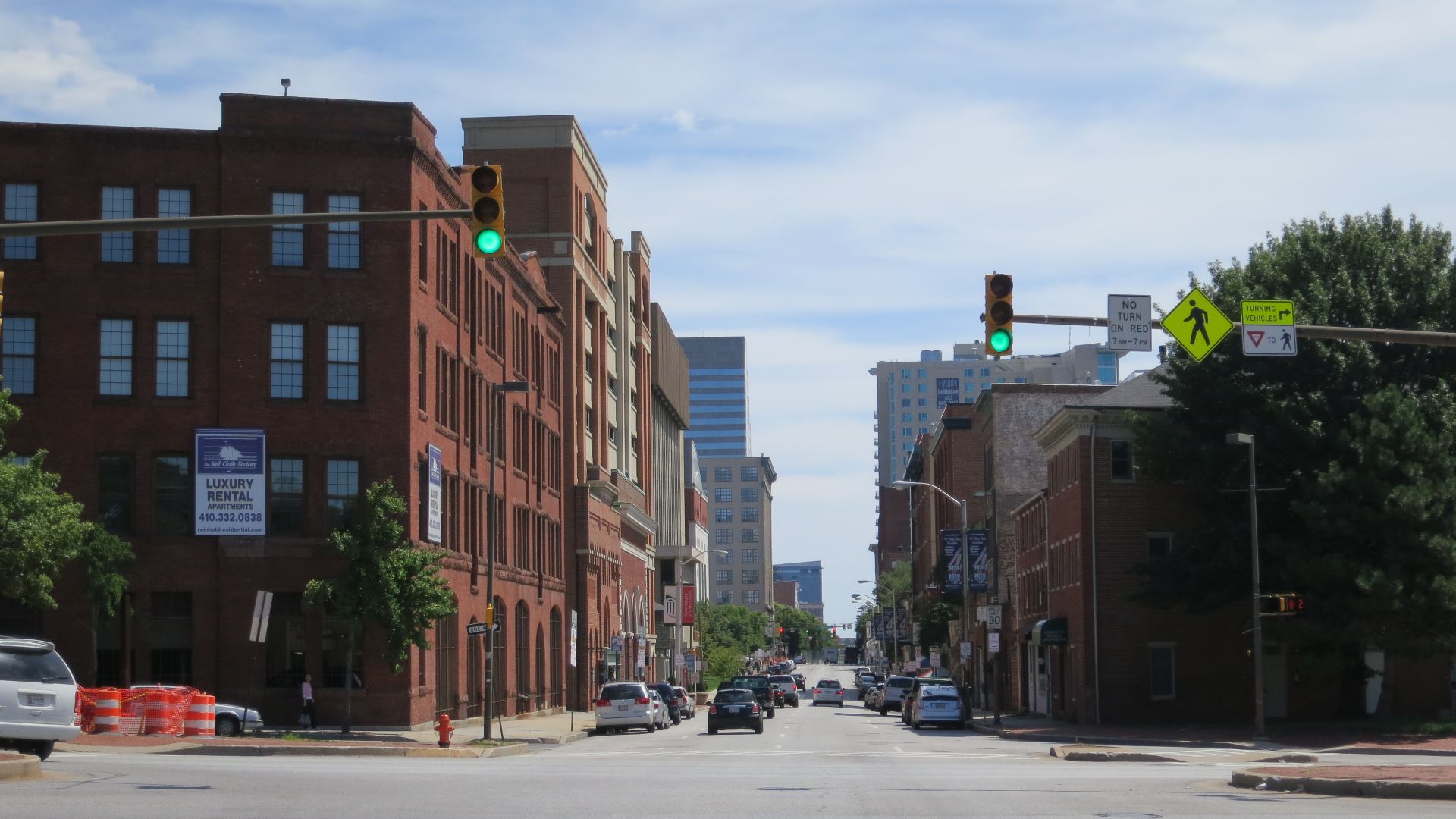 Paul Sableman from St. Louis, MO, Wikimedia Commons
Paul Sableman from St. Louis, MO, Wikimedia Commons
Maryland (Cont.)
The Texas Transportation Institute places Baltimore-Washington corridors among the nation's worst for commute times. Housing affordability remains another obstacle for residents. Maryland Realtors even mentioned that the state's median home price reached $425,000 in 2023, which was above the national average.
 Oldlinestate, Wikimedia Commons
Oldlinestate, Wikimedia Commons
Arkansas
Despite its well-known affordability, Arkansas ranks poorly in healthcare quality. It has been noted that the state struggles with health outcomes and access to quality healthcare services. For instance, Arkansas was ranked 45th for health and well-being among older adults.
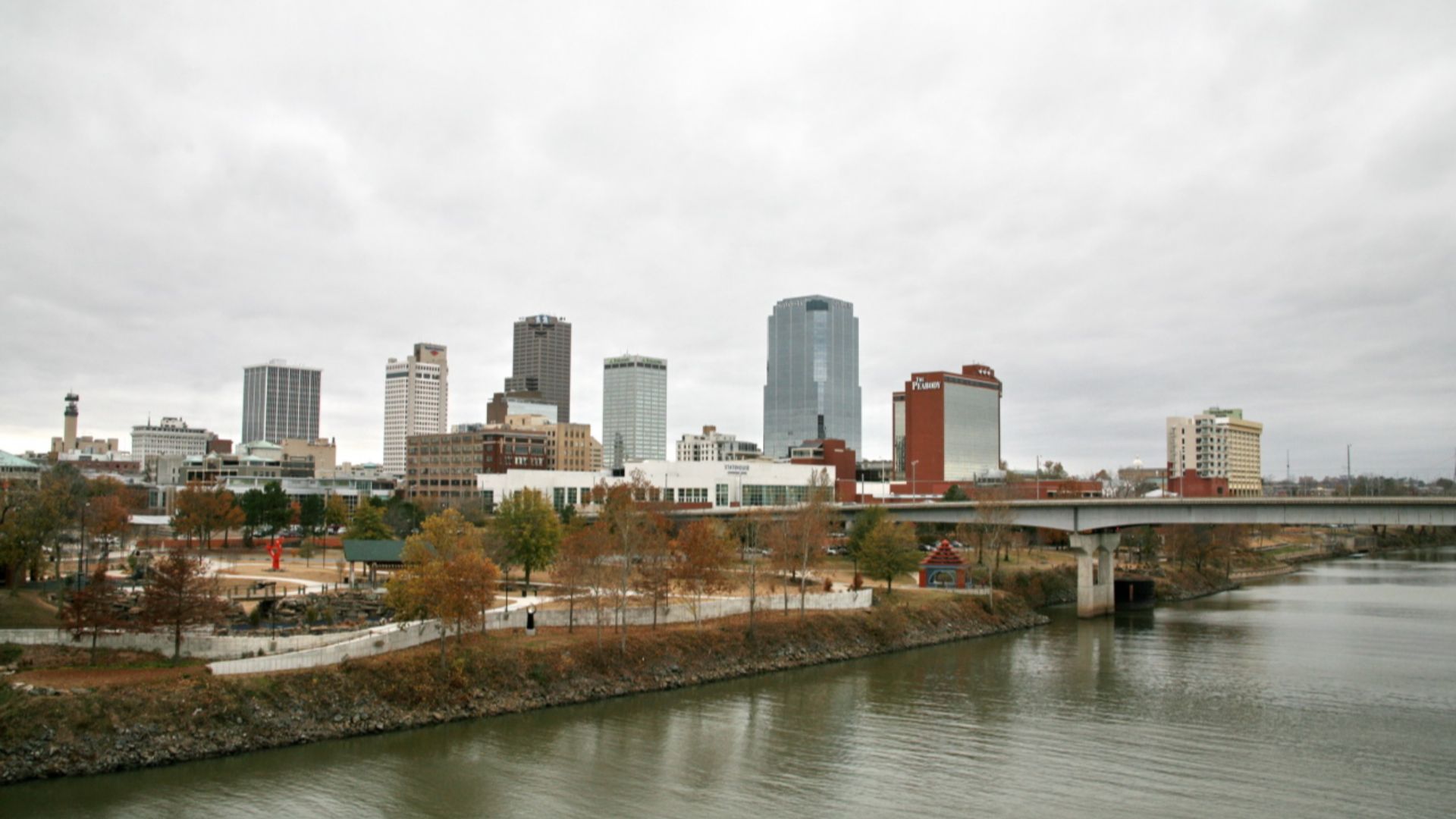 Cliff from I now live in Arlington, VA (Outside Washington DC), USA, Wikimedia Commons
Cliff from I now live in Arlington, VA (Outside Washington DC), USA, Wikimedia Commons
Arkansas (Cont.)
Factors such as poverty, lack of health insurance, and insufficient healthcare infrastructure contribute to these difficulties. While it offers beautiful outdoor amenities and cultural activities, issues like high crime rates and limited urban amenities can detract from the living experience.
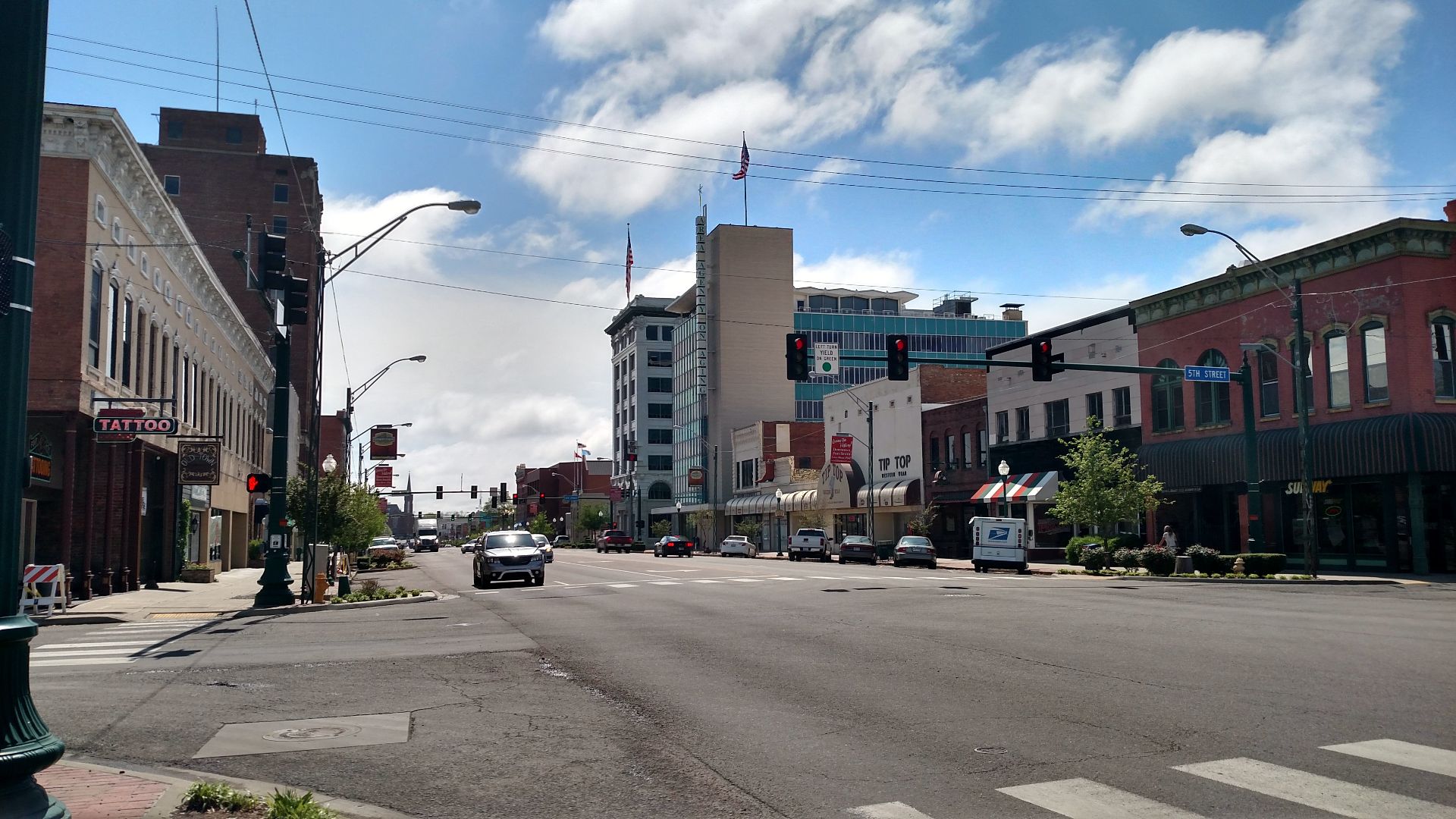 Brandonrush, Wikimedia Commons
Brandonrush, Wikimedia Commons
Rhode Island
One in three elders renting in Rhode Island faces a severe housing cost burden, according to the Harvard Joint Center for Housing Studies. This financial strain extends beyond just rent, with median home prices reaching $420,000 in 2023. This was a 45% increase over five years.
 Kenneth C. Zirkel, Wikimedia Commons
Kenneth C. Zirkel, Wikimedia Commons
Rhode Island (Cont.)
The Ocean State's compact size—just 1,034 square miles—paradoxically complicates healthcare access for those outside Providence. Despite Rhode Island Hospital earning regional recognition in US News & World Report rankings, the Rhode Island Department of Health acknowledges primary care shortages affecting 19% of the state's population.
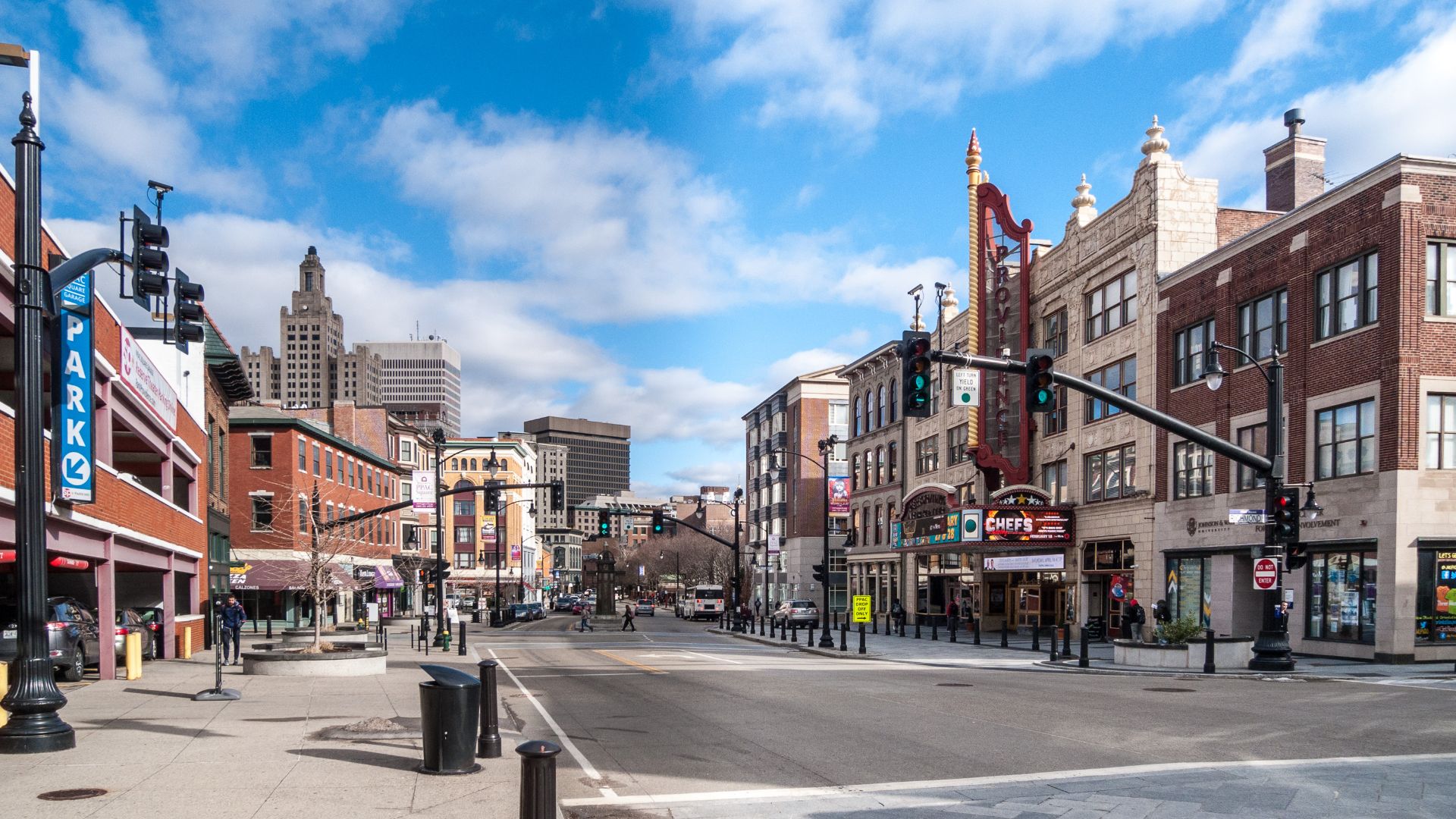 Kenneth C. Zirkel, Wikimedia Commons
Kenneth C. Zirkel, Wikimedia Commons
Texas
"Everything's bigger in Texas" unfortunately applies to weather disasters impacting seniors. NOAA data confirms Texas experienced more billion-dollar weather catastrophes between 2018–2023 than any other state. The tragic February 2021 power grid failure disproportionately affected seniors who couldn't relocate during extended outages.
 Carol M. Highsmith, Wikimedia Commons
Carol M. Highsmith, Wikimedia Commons
Texas (Cont.)
Due to these climatic hazards, home insurance prices have increased by more than 18% since 2021, according to the Texas Department of Insurance. Besides, retirement affordability is also facing increasing pressure, with median home prices jumping over 35% since 2019, as per stats.
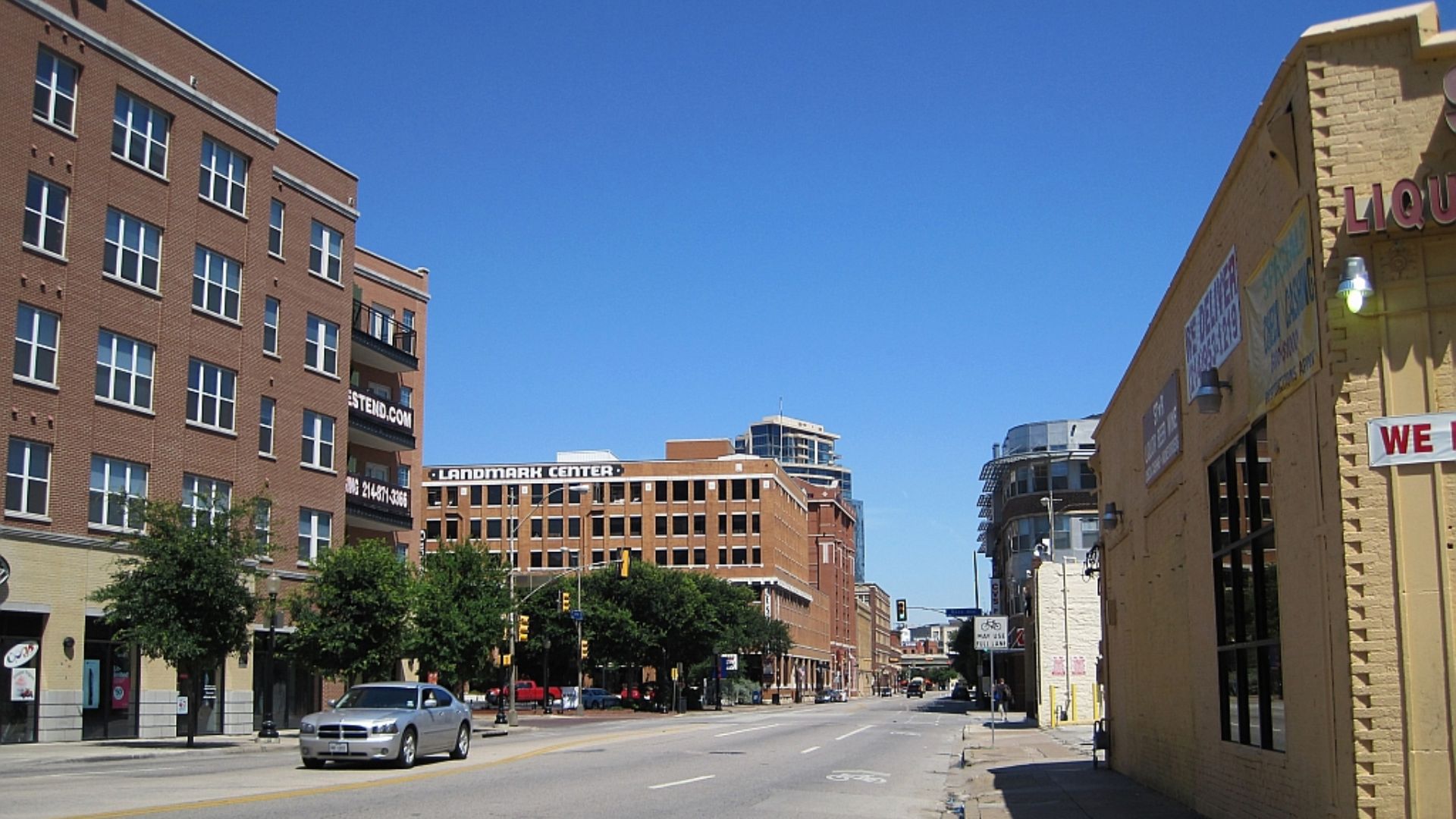 Thomas R Machnitzki (thomasmachnitzki.com), Wikimedia Commons
Thomas R Machnitzki (thomasmachnitzki.com), Wikimedia Commons
Oregon
The Oregon Health Authority has designated 25 of the state's 36 counties as Health Professional Shortage Areas, with coastal and eastern regions underserved. The Oregon Health & Science University research also highlights the state's third-lowest hospital bed capacity per capita nationally.
 M.O. Stevens, Wikimedia Commons
M.O. Stevens, Wikimedia Commons
Oregon (Cont.)
Housing costs have surged 76% over the past decade, according to the Oregon Office of Economic Analysis. AARP Oregon reports that 38% of state homeowners over 65 still carry mortgage debt, exceeding the national average. This housing pressure, combined with the income tax rate, creates affordability issues.
 M.O. Stevens, Wikimedia Commons
M.O. Stevens, Wikimedia Commons
West Virginia
Dangerous health statistics haunt West Virginia's retirement scenario. The CDC reports the state leads the nation in diabetes, heart disease, and COPD prevalence, conditions requiring consistent specialized medical care. Yet, the Rural Health of 50 of West Virginia's 55 counties are stated as Health Professional Shortage Areas.
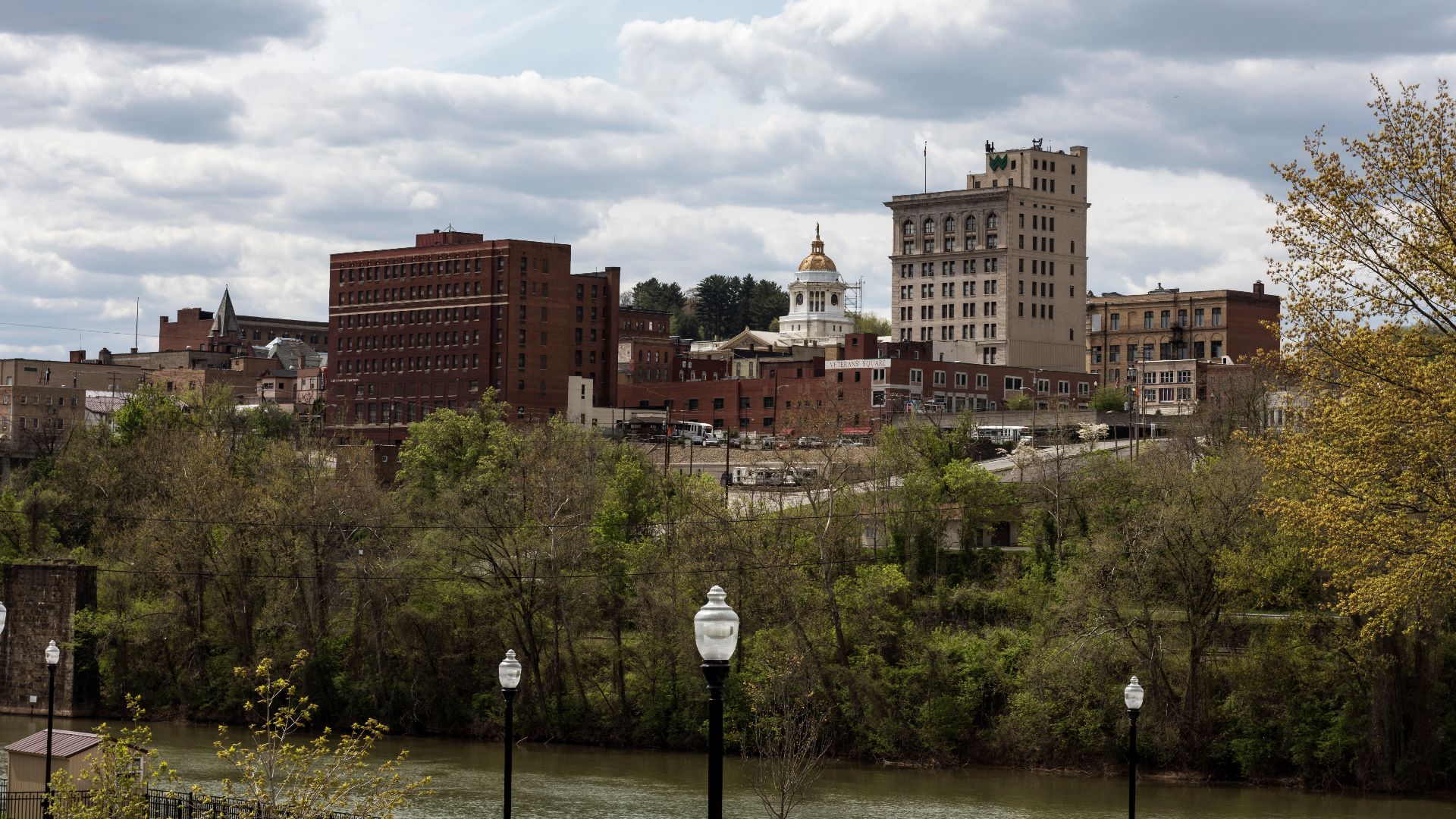 Carol M. Highsmith, Wikimedia Commons
Carol M. Highsmith, Wikimedia Commons
West Virginia (Cont.)
This is what the Appalachian Regional Commission has to say. About 32% of West Virginia's population resides in census tracts classified as "distressed," with limited transportation infrastructure complicating healthcare access and social engagement. The state's affordability comes with some tradeoffs.
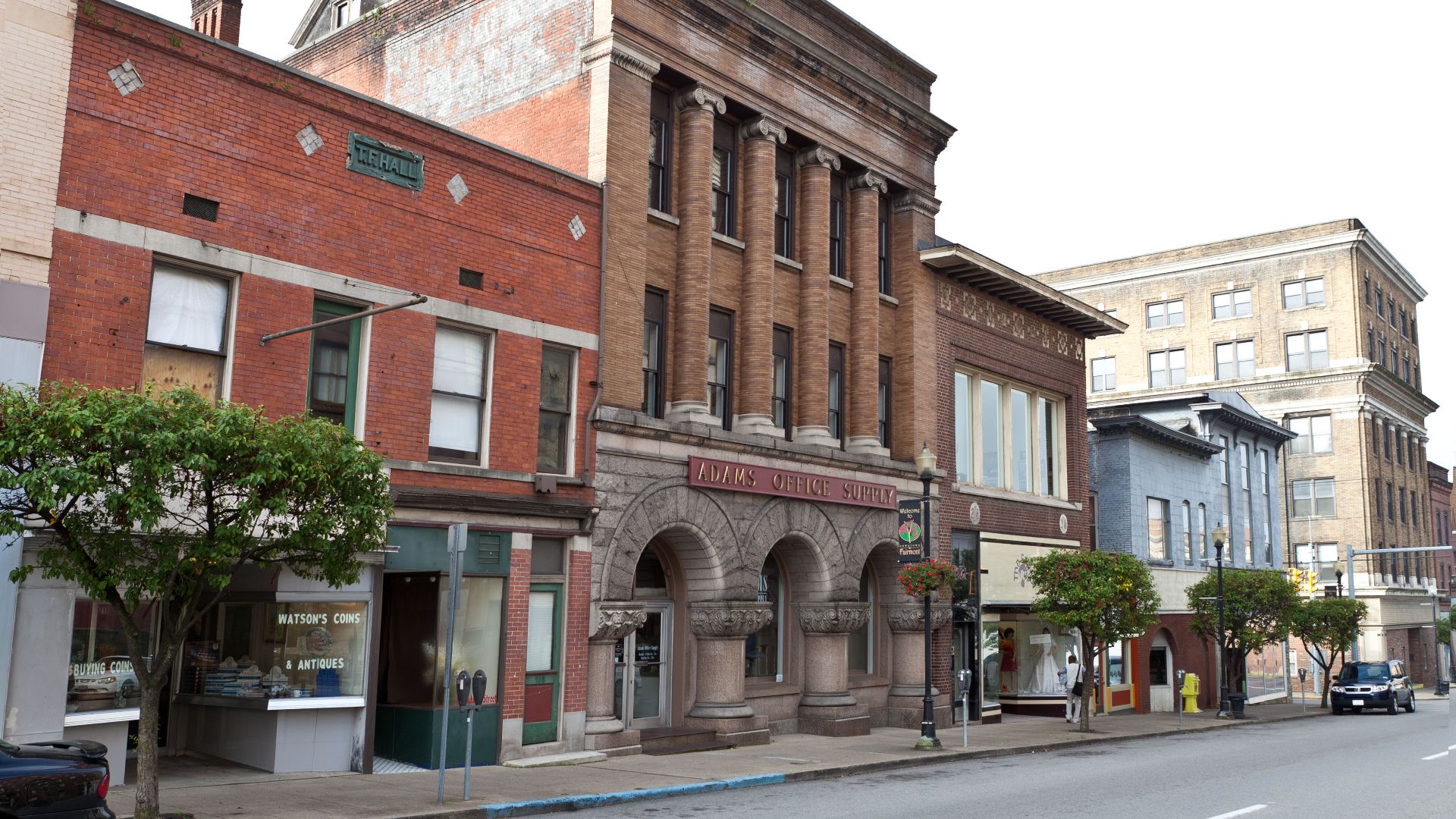 Generic1139, Wikimedia Commons
Generic1139, Wikimedia Commons
Kansas
Kansas has been highlighted for its high percentage of low-care residents in nursing homes, standing at the 47th position in the nation. Approximately 17% of nursing home residents in Kansas are classified as low-care, meaning they require minimal assistance but are still placed in institutional settings.
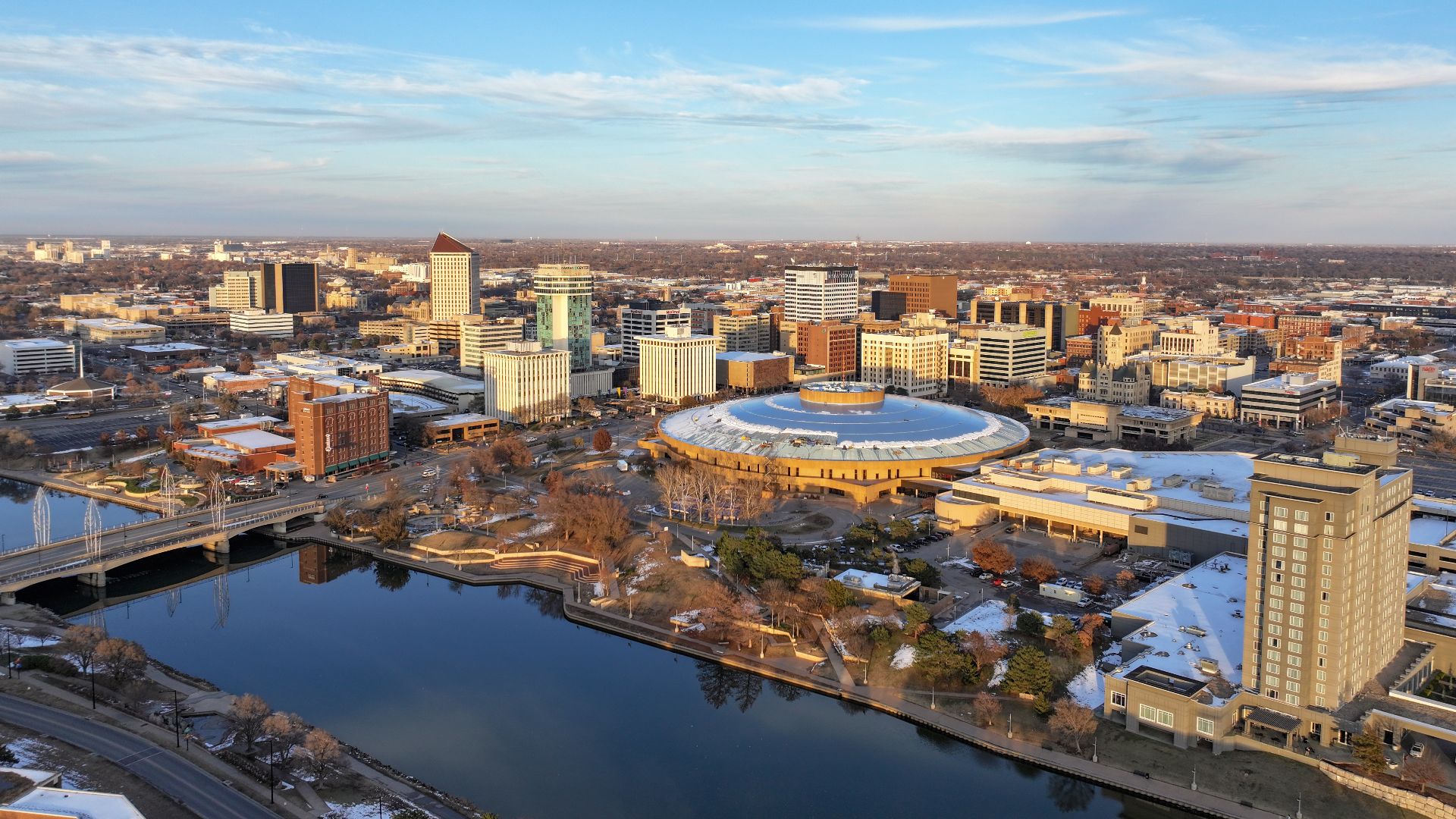 Quintin Soloviev, Wikimedia Commons
Quintin Soloviev, Wikimedia Commons
Kansas (Cont.)
This statistic indicates a lack of adequate community long-term care services and support, essential for maintaining the quality of life for older adults. Kansas also experiences a great number of tornadoes annually. The most active period is mid to late April through mid-June.
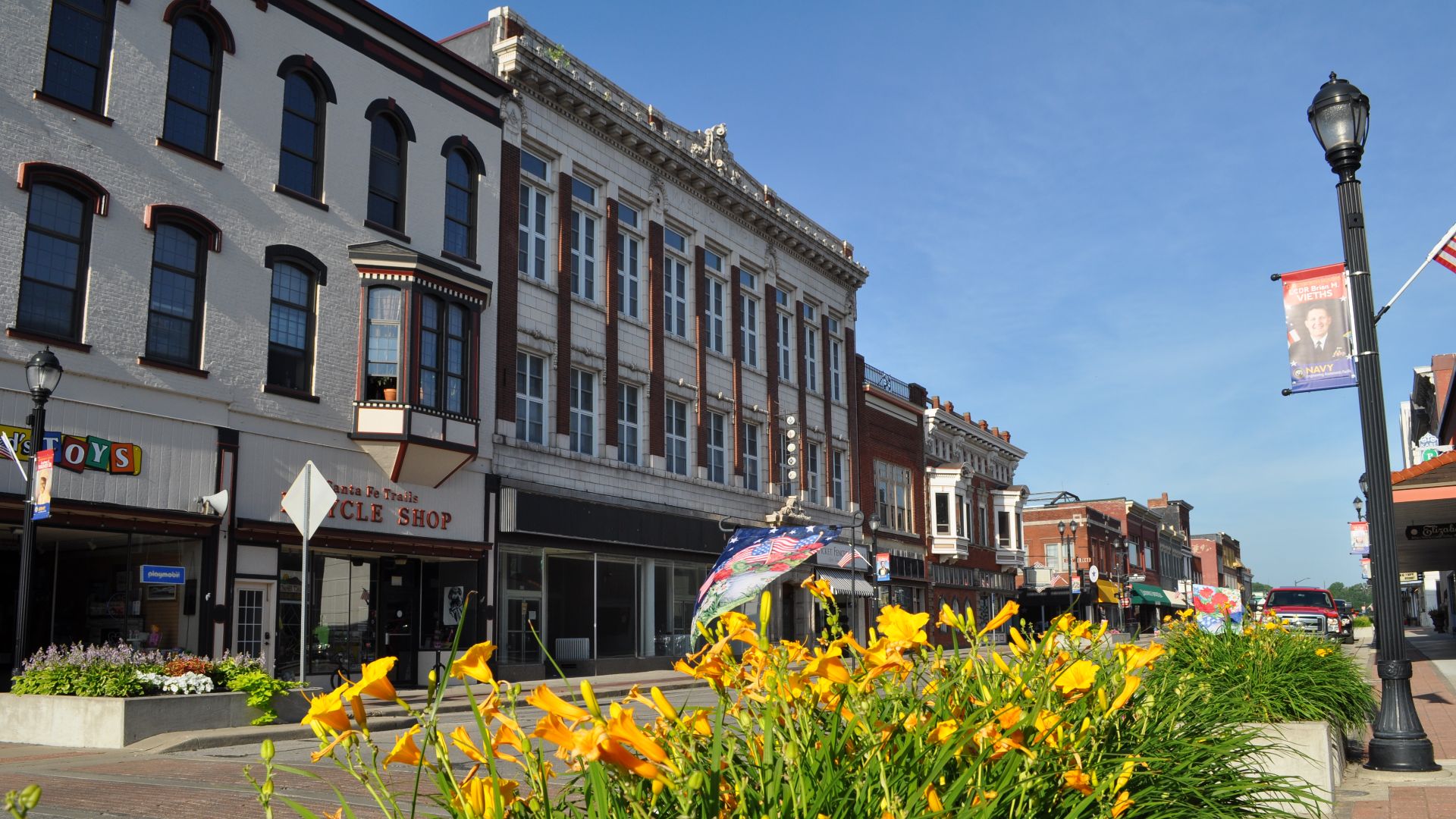 Melissa Bower, Wikimedia Commons
Melissa Bower, Wikimedia Commons
Connecticut
Taxation hits Connecticut retirees hard during their golden years. State taxation on most retirement income can reach up to 6.99%. Connecticut stands poorly in specific areas relevant to seniors, such as avoidable emergency department visits (50th nationally) and hospital admissions for preventable conditions (33rd).
 Alexsanchez124, Wikimedia Commons
Alexsanchez124, Wikimedia Commons
Connecticut (Cont.)
Due to the high tax burdens, many retirees are leaving this place for states with more favorable tax climates and lower living costs. However, there are exemptions on pension and annuity income for those with a gross income (AGI) below certain thresholds.
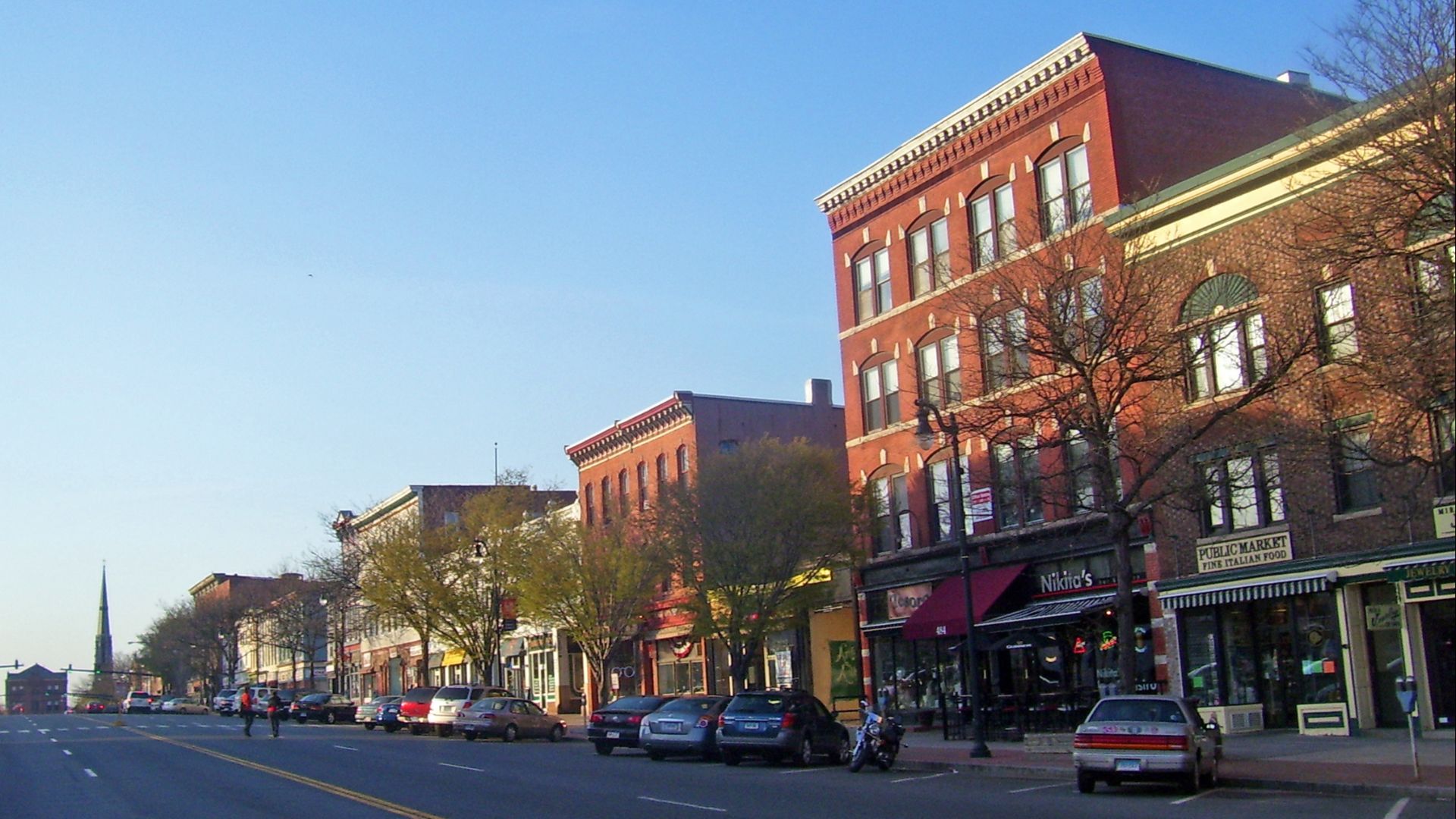 Daniel Case, Wikimedia Commons
Daniel Case, Wikimedia Commons
Vermont
Winter isolation emerges as a concern for Vermont's aging population. The National Weather Service documents the state averaging 80 inches of annual snowfall. These harsh winter conditions develop extended periods of isolation. Additionally, homeowners pay an average of more than $4,859 in property taxes each year.
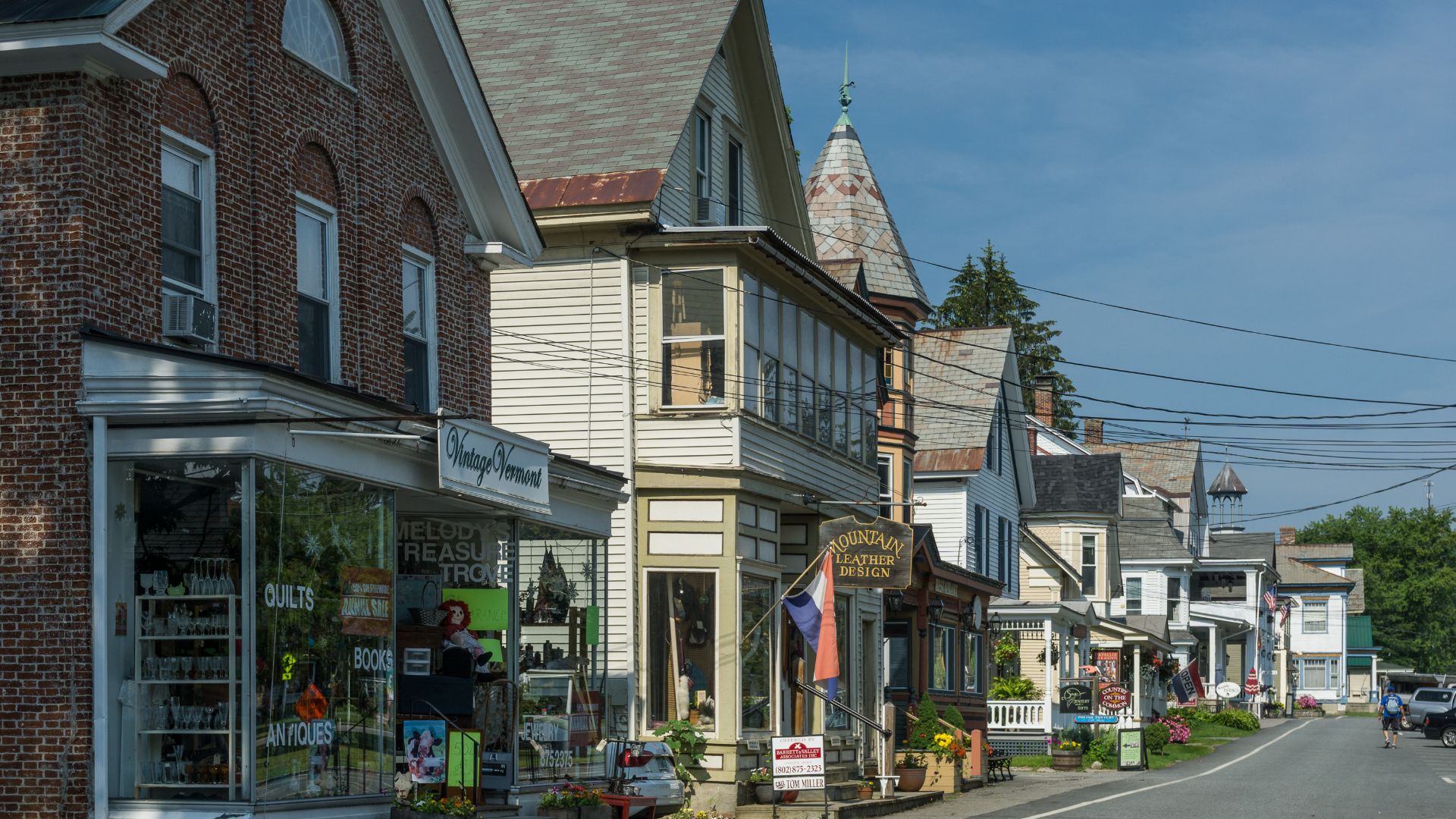 Kenneth C. Zirkel, Wikimedia Commons
Kenneth C. Zirkel, Wikimedia Commons
Vermont (Cont.)
The average rate is something around 1.78%. Plus, the overall cost of living in Vermont is high. Social security benefits may be partially exempt for lower-income retirees, but other retirement income, such as withdrawals from retirement accounts and pensions, is subject to taxation.
Nevada
Recent changes in federal legislation have aimed to improve Social Security benefits for public employees in Nevada. However, many individuals still face uncertainty regarding their income sources. Additionally, Las Vegas recorded many days with temperatures exceeding 100°F, which is not suitable for the elderly.
Nevada (Cont.)
Rapid population growth has outpaced Nevada's healthcare infrastructure development. This influx has driven demand for housing, while the supply has not kept pace due to factors like zoning regulations and rising construction costs. Nevada's Public Employee Retirement System faces economic shortfalls.
Indiana
As per the American Lung Association's 2023 "State of the Air" report, Indianapolis was rated among the nation's 25 worst cities for year-round particle pollution. Industrial emissions contribute to these air quality challenges across multiple communities. The Indiana Department of Environmental Management continually issues air quality alerts.
Indiana (Cont.)
Indiana is often considered an average state for retirement, mainly due to its affordable living costs. However, it faces challenges in healthcare and quality of life metrics. Around 42% of private-sector employees lack employer-provided retirement plans, leaving many Hoosiers without adequate savings opportunities.
New Mexico
You might be surprised, but New Mexico stands third in the country for the percentage of seniors living in poverty. Approximately 12.2% of older folks are said to be affected. In addition, New Mexico's public pension system is underfunded by around $12.5 billion.
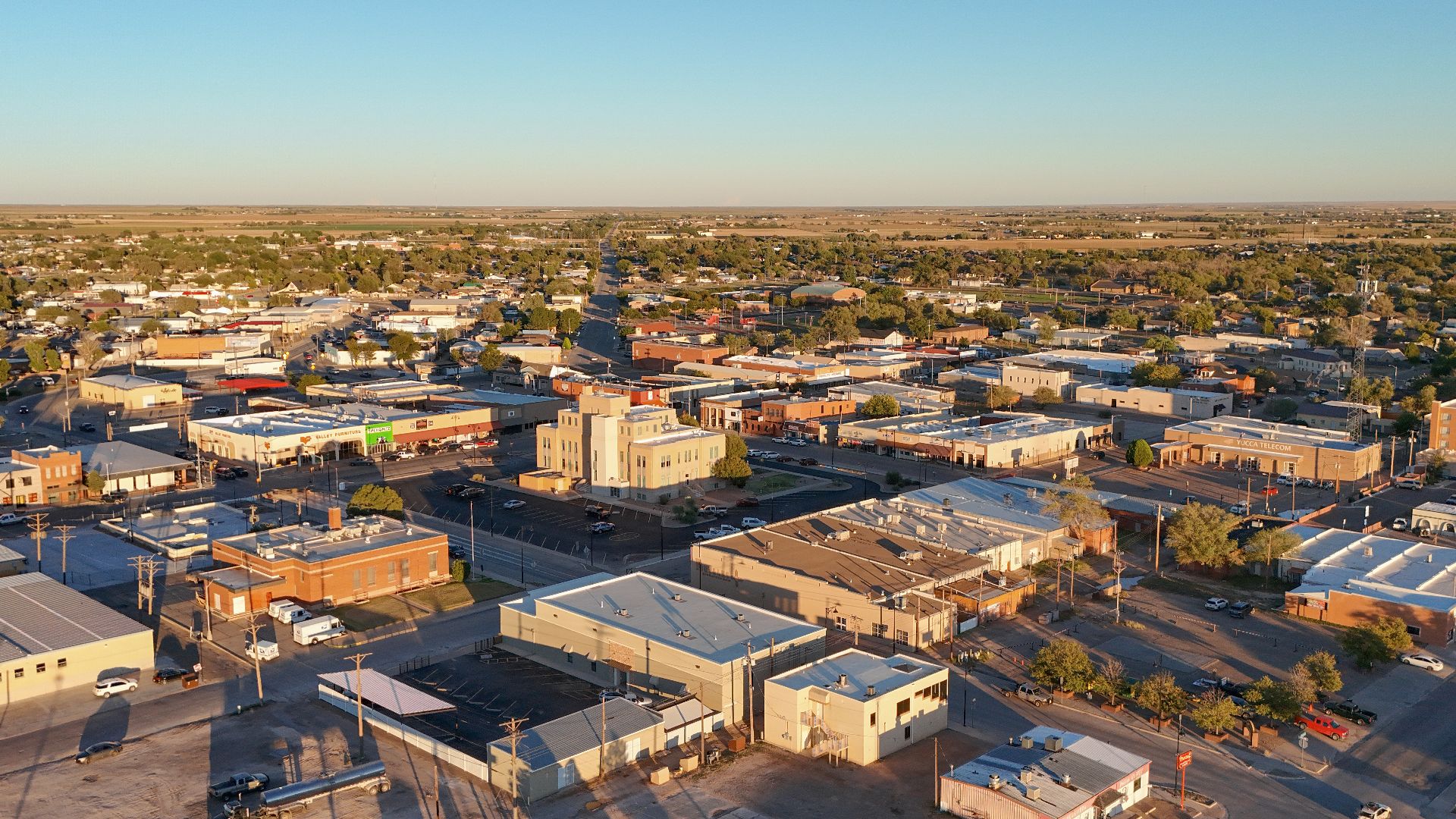 Quintin Soloviev, Wikimedia Commons
Quintin Soloviev, Wikimedia Commons
New Mexico (Cont.)
It is said to be one of the most dangerous states in the United States, with a violent crime rate of 759 per 100,000 people in 2022. New Mexico also holds the 43rd spot on the emotional and physical well-being scale.
 Asaavedra32, Wikimedia Commons
Asaavedra32, Wikimedia Commons
Hawaii
Unfortunately, paradise comes with a devastating price tag. Housing drives much of this disparity. Zillow has reported median home prices to be over $842,000 statewide, surpassing $1.1 million on Oahu. Geographical isolation also displays healthcare complications in Hawaii.
 ArdentArbitration, Wikimedia Commons
ArdentArbitration, Wikimedia Commons
Hawaii (Cont.)
We know this region is prone to natural disasters such as hurricanes and volcanic eruptions, which can be risky regarding property and safety. This problem adds another layer of stress for retirees considering relocation to the islands. Public transportation options are also limited in many areas.
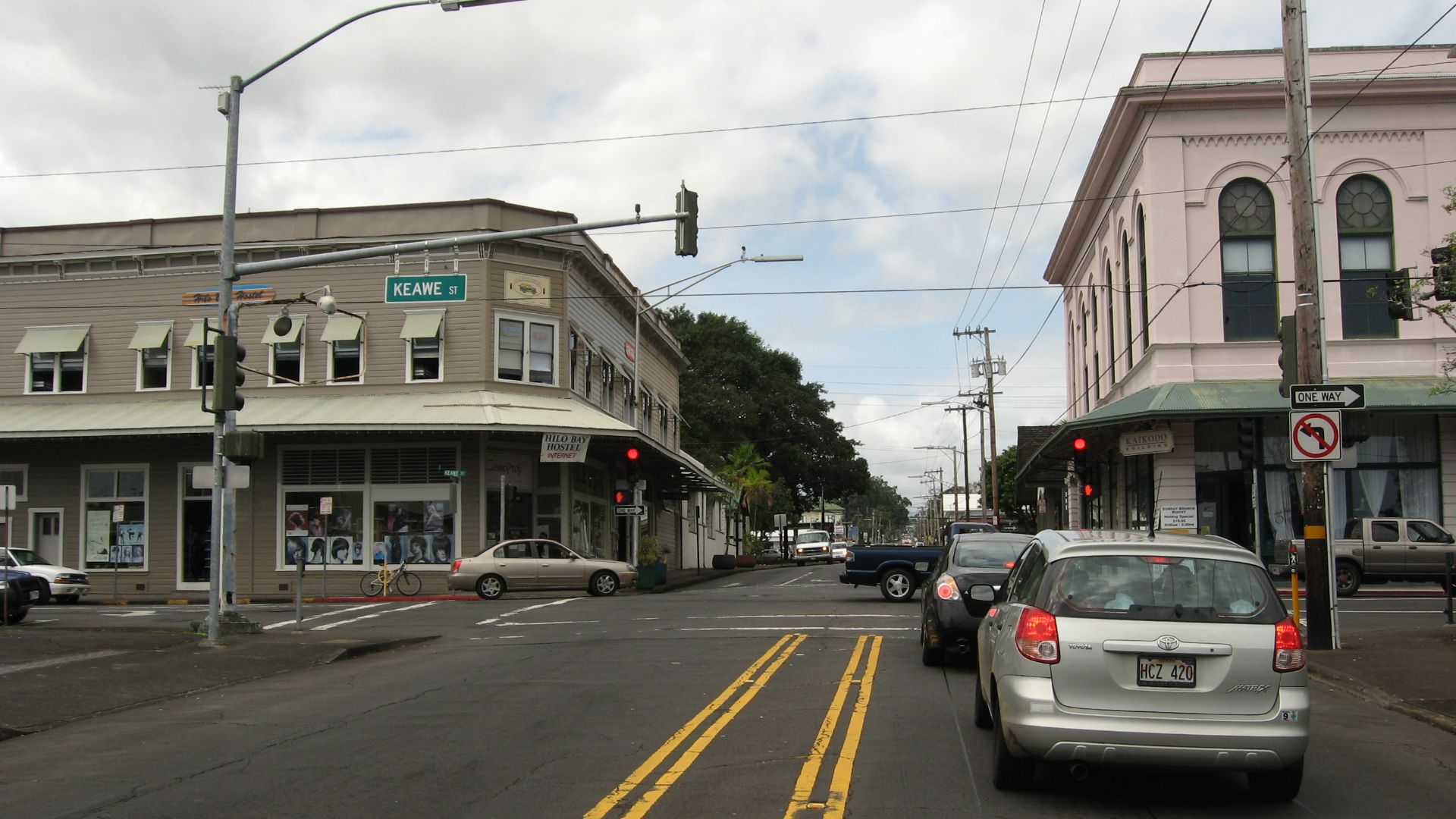 Ken Lund from Reno, Nevada, USA, Wikimedia Commons
Ken Lund from Reno, Nevada, USA, Wikimedia Commons
Massachusetts
There are notable disparities in retirement savings and security among different demographic groups in Massachusetts. Lower-income and minority workers often face greater difficulties in accumulating retirement savings, which leads to financial insecurity in later years. On top of that, winters can also sometimes get brutal.
 King of Hearts, Wikimedia Commons
King of Hearts, Wikimedia Commons
Massachusetts (Cont.)
Although the state has excellent healthcare facilities in urban areas, access can be limited in rural regions. Besides that, the median sale price for single-family homes has reached around $580,000 as of early 2025. This reflects a 5.5% increase from the previous year.


